Running multicultural or any other campaign is beneficial only when you exactly know what you’re getting out of them. Ever feel like your marketing efforts are in vain? Or do your superiors don’t approve the budgets? There is a clear solution. Get to the bottom of what exactly constitutes a successful campaign and measure your marketing successes. Here’s a short step-by-step guide you can follow, so let’s get right into it!
Step 1: Set Clear Goals
Launching a campaign and hoping for the best is not the best way to make the most of your multicultural marketing budget. The end results you want should mold the campaigns, not the other way around. In other cases, you might completely miss the positive results of your marketing efforts since you haven’t even set the goal to measure and might not even know they have achieved it.
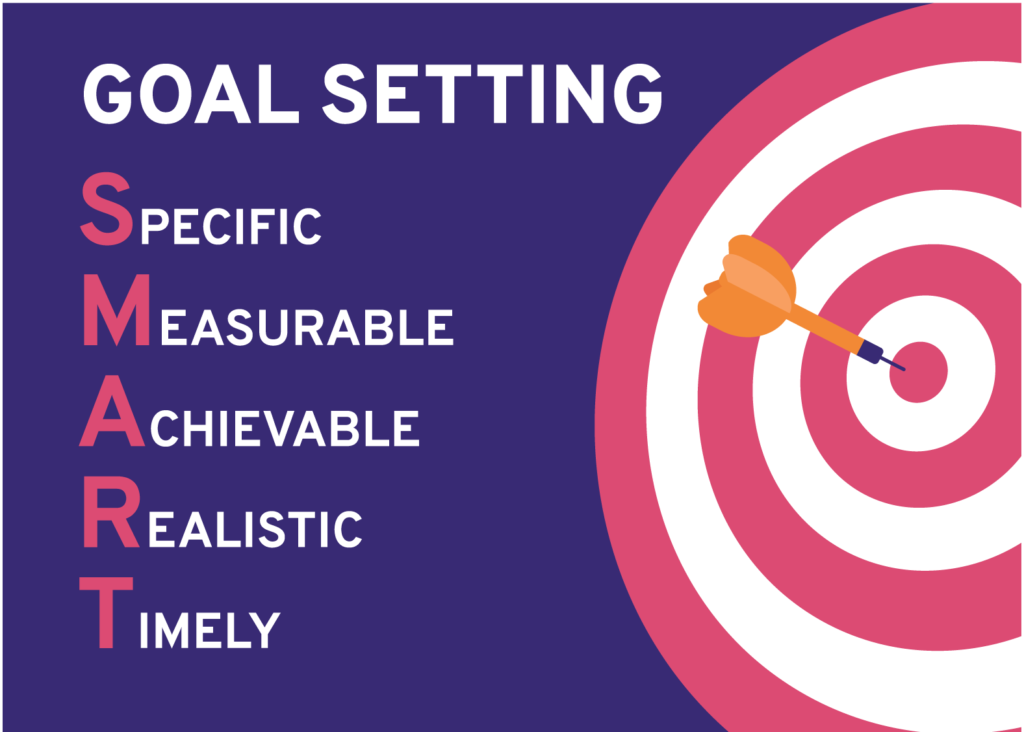
If you want to get more brand awareness, then you should aim for viral campaigns and social trends and go for the reach. If you want to raise sales, you should look into conversion campaigns and optimize the sales funnel.
Goals vary from business to business, and it’s best you take your time to set them properly so that they are meaningful.
Step 2: Find Out What Your Key Performance Indicators Are
After you’ve set your goals, you should find a way to measure the results. What is the KPI (a Key Performance Indicator) that will show how well you are achieving (or not) your goal? Just like goals, the KPIs also have to be clearly set in advance. Basically, Key Performance Indicators show a company’s results and how they compare to the previously set target.
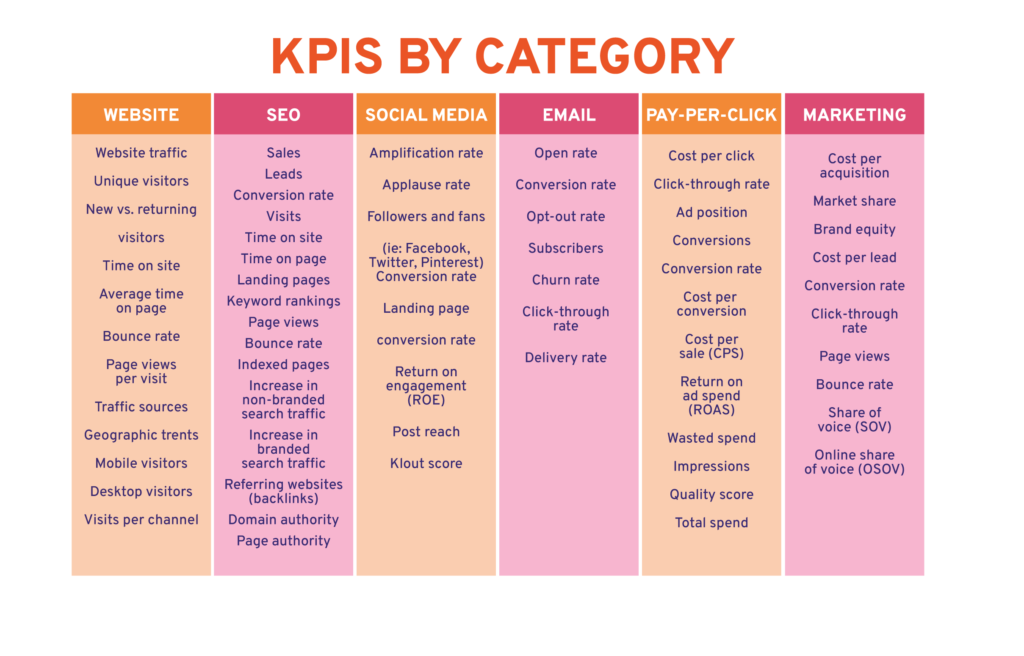
If we take the above-mentioned example and set brand awareness as a primary goal, then the KPI should be the total reach, how many impressions it has gotten, how many times it was shown to the same people, do people skip the ad, and so on.
Most Common KPIs
KPIs are very personalized for each business, and measuring marketing success in KPIs is different from company to company. There are many key performance indicators you can measure, but most of them fall into segments like finance, customer metrics, and process metrics.
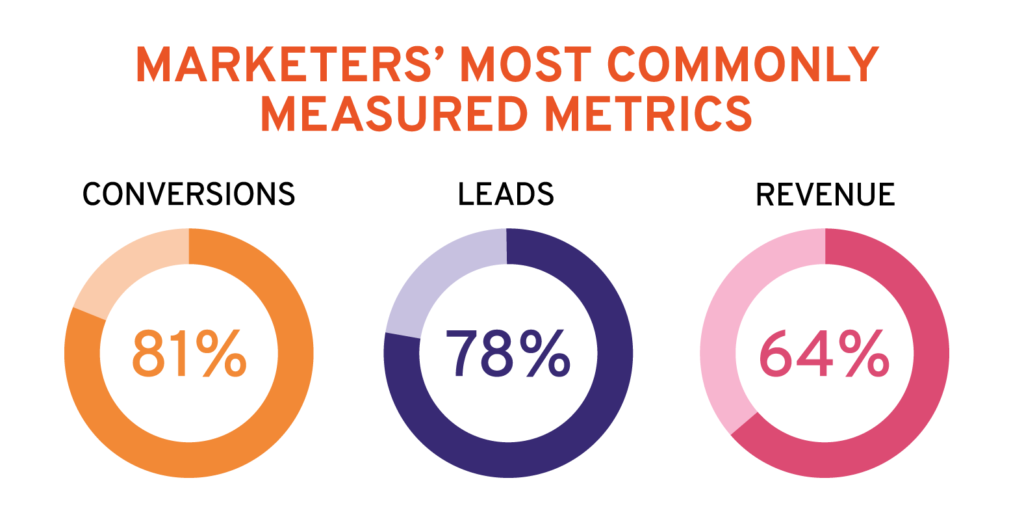
Financial KPIs
Are your marketing efforts profitable or not? Financial KPIs are coming to the rescue to help you determine how profitable your marketing is. You have to take into account the budget you spent for the marketing efforts, the budget that you spent for the creation of marketing materials, and what’s the final Return On Investment (ROI).
Customer-Facing KPIs
How satisfied are your customers? Customer-related KPIs represent the best measurement of user experience with your brand and how well you’re treating them. Here, the KPIs measure all sorts of customer interactions, like what’s the CLV (Customer Lifetime Value), Customer Acquisition Cost, Return on Investment, and others.
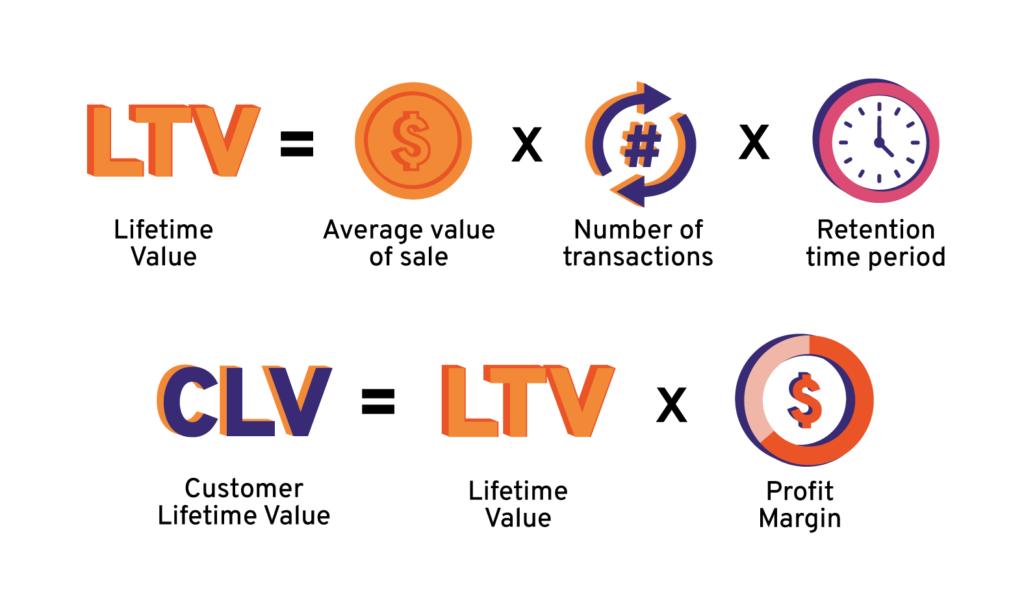
Losing Focus
One of the main benefits of setting clear KPIs is making sure that your business focus and your eyes are on the prize at all times. Without it, you risk chasing vanity metrics that won’t translate to sales.
Step 3: Set the Deadlines
The third axis you should implement in order to truly measure the success of your (multicultural) marketing is – the deadline, or better put, the time frame. What’s the timeframe needed to get results? What’s the timeframe in which you will run the campaigns and assess the results? Timing matters and you have to keep yours in check.
Even if you don’t adhere strictly to the deadlines you’ve set, you need to know how you’re measuring against a certain timeframe. Failing to meet the deadlines is also a lesson that can teach you how to optimize your processes further and see if you will meet your next one.
Naturally, that doesn’t mean you shouldn’t adhere to the schedule you’ve set. Campaigns that go overboard in length might end up being boring for your consumers, or you might pump unnecessarily high budgets for something that might not even work. In order to properly assess the results in the given timeframe (aka meeting the deadlines), you need to…
Step 4: Test the Analytics
Are the results you are collecting actually the right data? Are analytics goals set up properly? Many businesses use analytics to assess their marketing success, and many plan out future marketing efforts based on the analytics results. Make sure that everything is measured correctly so that the decisions you make are based on true facts.

You wouldn’t believe how many businesses don’t have analytics, goals, and all other metrics properly set up.
Step 5: Monitor Campaigns Regularly
In order to know where you are, you need to know where you’ve been and where you’re heading. And to know that, you have to monitor your campaigns regularly and optimize them further to truly get all that bang for the buck.
Constantly benchmark, test your campaigns, try tweaking them further and measure your results. Monitor your growth and ROI month-on-month, year-on-year.
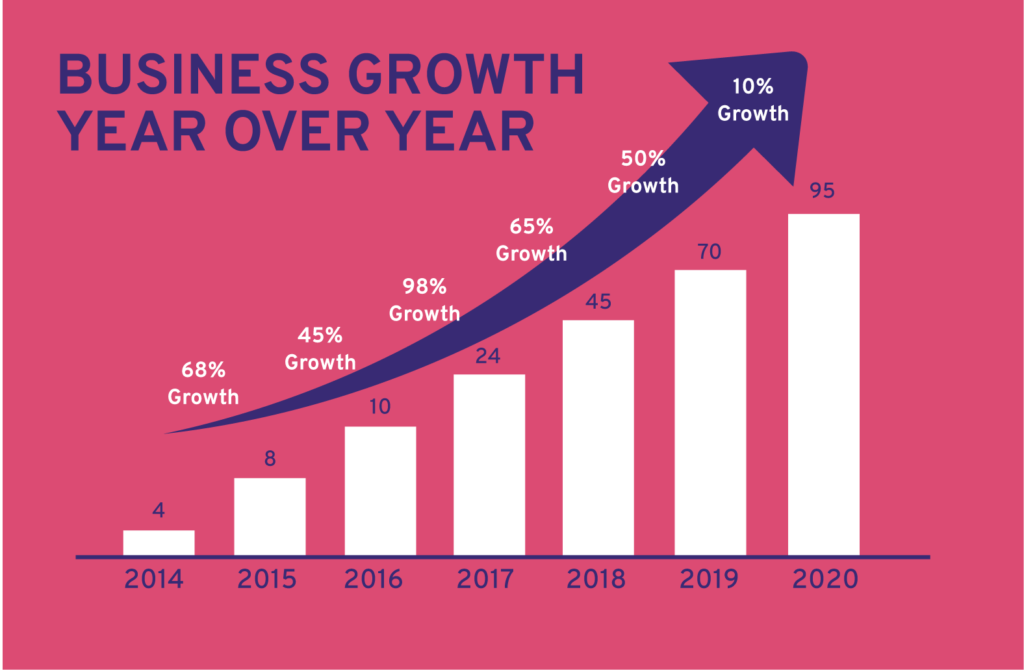
Step 6: Report Your Success
This rings especially true if you have higher-ups who don’t necessarily understand exactly what your marketing efforts bring to the company. You should showcase all your results – down to every cent. But even if you don’t have superiors, you should collect all data into easily digestible reports that you can pull up and look over at least once a month.
You can do it manually or use a host of different marketing and reporting tools, paid and free, to gather the data. The best free ones are Google Analytics, Search Console, and Data Studio.
Let the Information Sink In
Don’t make rash decisions, and don’t speed through the setup process. Set up your goals, align them with your marketing efforts, and pay attention to every little detail that could affect the outcome. Wrongly set goals and KPIs are the biggest enemies to marketing success. In contrast, a clear overview of your successes and even losses can help you shape a new strategy.
If you need any assistance with any of the steps mentioned above, PHU Concepts is ready to help. Our marketing agency will cater the right multicultural strategy for you, select the right metrics and help you make sense of it all, driving conversions in the meantime. If you want to start working on multicultural marketing right away, don’t hesitate to contact us.



